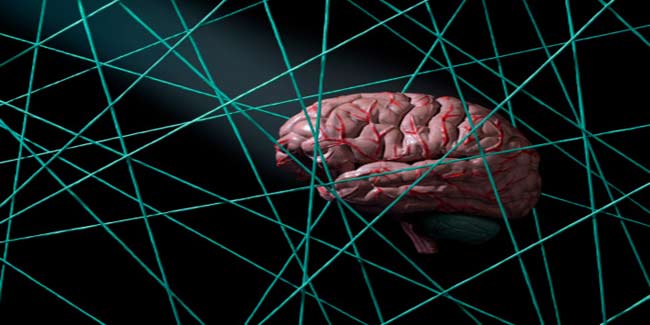
Developmental dyspraxia is a disorder characterized by impairment in the ability to plan and carry out sensory and motor tasks. The disorder affects development, including movement and thought co-ordination. The condition was called "Clumsy Child Syndrome" and "Minimal Brain Dysfunction” in the past.

The disorder is more common in men than women. Those with the condition may also have attention deficit hyperactivity disorder (ADHD), Asperger syndrome or a learning disability.
Symptoms
Symptoms vary and may include poor balance and coordination, clumsiness, vision problems, perception difficulties, emotional and behavioral problems, difficulty with reading, writing, and speaking, poor social skills, poor posture, and poor short-term memory. Although individuals with the disorder may be of average or above average intelligence, they may behave immaturely.
Treatment
Treatment is symptomatic and supportive and may include occupational and speech therapy, and "cueing" or other forms of communication such as using pictures and hand gestures. Many children with the disorder require special education.
Dyspraxia is a life-long condition. However, medical care can improve speech and language problems patients face.
How we keep this article up to date:
We work with experts and keep a close eye on the latest in health and wellness. Whenever there is a new research or helpful information, we update our articles with accurate and useful advice.
Current Version
